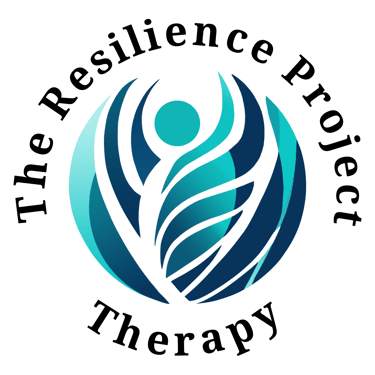Untwisting Thoughts: Understanding Cognitive Distortions
Understanding the internal mental filters or biases that fuel anxiety and make us feel worse about ourselves.
Christian Gray Hering, LCSW
10/6/20232 min read


Cognitive distortions are patterns of thinking that can lead to negative emotions and behaviors. These patterns are often present in individuals with anxiety disorders and obsessive-compulsive disorder (OCD). As a therapist, it is important to recognize these patterns and help clients correct them.
One common cognitive distortion is black-and-white thinking, which involves seeing things as either all good or all bad. This type of thinking can be problematic because it does not allow for any gray areas or nuance. For example, a person with OCD may believe that if they do not perform a certain ritual perfectly, something terrible will happen. A therapist can help the client recognize this pattern of thinking and challenge it by asking questions like “Is it really true that something terrible will happen if you don’t perform the ritual perfectly?”
Another common cognitive distortion is catastrophizing, which involves imagining the worst-case scenario in a given situation. This type of thinking can lead to increased anxiety and stress. For example, a person with social anxiety may believe that if they make a mistake while giving a presentation, everyone will think they are incompetent. A therapist can help the client recognize this pattern of thinking and challenge it by asking questions like “What is the likelihood that everyone will think you are incompetent if you make a mistake?”
A third common cognitive distortion is overgeneralization, which involves making broad conclusions based on limited evidence. This type of thinking can be problematic because it does not take into account all of the available information. For example, a person with OCD may believe that if they touch something “dirty,” they will get sick. A therapist can help the client recognize this pattern of thinking and challenge it by asking questions like “Is it really true that touching something ‘dirty’ will make you sick?”
To correct for these cognitive distortions, therapists often use cognitive-behavioral therapy (CBT). CBT is a type of therapy that helps clients identify and change negative patterns of thinking and behavior. In addition to CBT, other treatments for anxiety disorders and OCD include medications and exposure therapy 1.
If you’re interested in learning more about cognitive distortions and how to correct them, I recommend checking out the following websites:
I hope this information is helpful!
Sources:
The Resilience Project Therapy
Mailing
P.O. Box 832182
Richardson, TX 75083
Contacts








